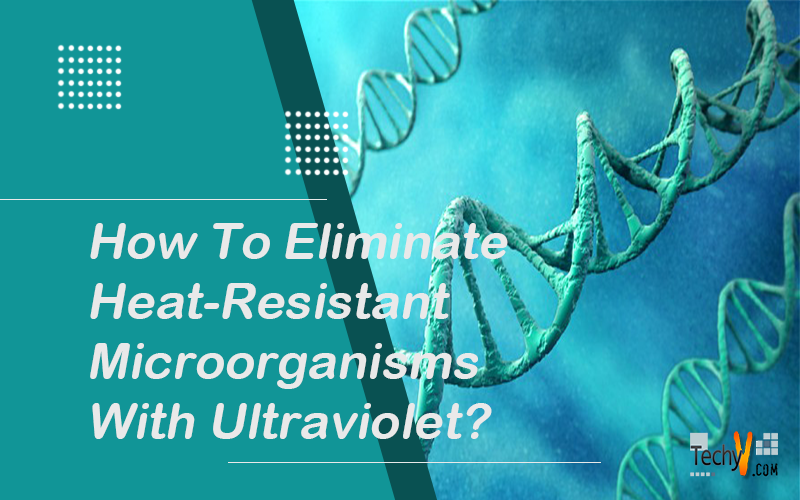Even though typical heat treatments still prevail within the food industry, many nonthermal food process technologies have emerged recently. These technologies help a lot, by the way of making the work easy. These technologies are brief in wave actinic radiation (UV-C), which has various advantages, as well as the flexibility to inactivate a good vary of infective and spoilage microorganisms in juices, thereby minimizing the loss of nutritionary and sensory quality.
Materials And Ways
1. Microorganism Culture And Media
The strains of L. monocytogenes STCC 5672, and S. aureus STCC 4465 were obtained from the Spanish sort Culture assortment (STCC). A broth social group was ready by protecting 10 mL of tryptone soy broth (Biolife, Milan, Italy) supplemented with 0.6% (w/v) yeast extract (Biolife) (TSBYE) with a loopful of growth from tryptone soy agar (Biolife) supplemented with 0.6% (w/v) yeast extract (TSAYE).
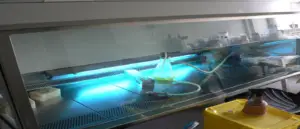
2. Ultraviolet Illumination Instrumentality And Coverings
UV treatments were allotted Associate in Nursing exceedingly|in a very} unit with eight individual circular skinny film flow-through reactors connected in a series and equipped with a feed tank and a peristaltic pump (ISM 10785, Ismatec, Glattbrugg, Switzerland), as delineated antecedently by Gayán et al. every reactor enclosed an unaggressive mercury vapor lamp, emitting 85% of UV-C energy at 254 nm. The lamp was hooked up to the axis of an outer glass tube and was embowered employing a quartz tube to stop direct contact of the lamp with the treatment medium.
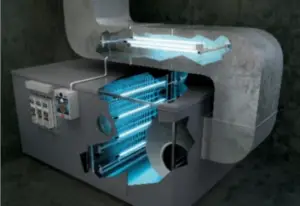
3. Heat Treatments
Heat treatments were allotted in specially designed thermoresistometer TR-SC. This instrument contained 400 mL vessel with an Associate in Nursing electrical heater for the thermostat, and agitation device wont to guarantee inoculant distribution and temperature homogeneity, a pressurization system, and ports for injecting the microbic suspension and for extraction of samples. Once the predetermined temperature had earned stability (°C), 0.2 mL of an adequately diluted microbial cell suspension was inoculated into the vessel, that contained the 350 mL of chicken broth.
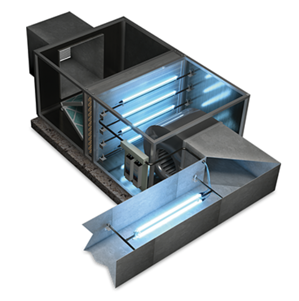
4. Incubation Of Treated Samples And Survival Reckoning
TSAYE in the past time used as recovery medium and therefore the plates were incubated at 35°C for 24 h for E. coli, Salmonella Typhimurium, and Associate in Nursingd S. Once incubated, colony-forming units (CFU) were counted mistreatment an improved Image instrument Automatic Colony Counter (Protos, Synoptics, Cambridge, UK), as delineated elsewhere.
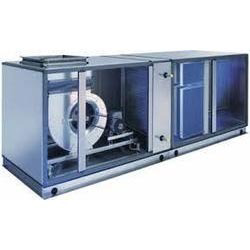
5. Curve Fitting And Dose Calculation
Survival curves were obtained by plotting the index of the survival fraction versus ultraviolet illumination dose () expressed in joules per metric capacity unit and time expressed in minutes for UV and warmth treatments, respectively. to match UV-H treatments with thermal treatments, UV-H survival curves were also expressed in treatment time.
Half dozen.
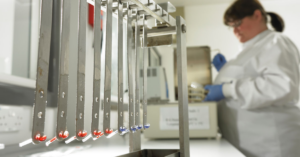
6. Applied Mathematics Analyses
Applied mathematics Associate in Nursingalyses, a -test, and an ANOVA take a look at were allotted mistreatment the GraphPad PRISM 5.0 computer code (GraphPad Inc., San Diego, CA, USA) and variations were thought-about vital for. All microbic resistance determinations, in addition to analytical assays, were performed a minimum of thrice on completely different workings days.
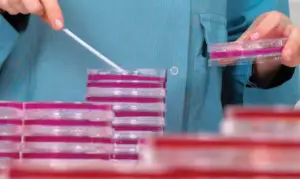
Result of ultraviolet illumination irradiation on microorganism community structure
The bacterial community is something which when irradiated in water by different UV doses and following 6 days water storage at 7 °C was investigated using 16S rRNA sequence amplicon sequencing. Amplicon sequence variant’s Canonical correspondence analysis, which takes parameters of ultraviolet illumination dose and storage into consideration, showed more and more dissimilar microorganism communities with higher UV dose (P < 0.001, CCA followed by an analysis of variance (ANOVA)). This was conjointly determined with ordination analysis mistreatment of the Bray–Curtis distance between samples.
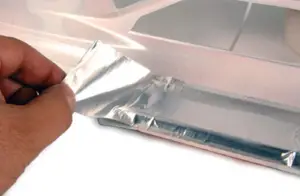
Organic process relationships of microorganism compact by UV
ASVs from bacteria plagued by UV irradiation was known by differential abundance analysis using DESeq2 wherever negative and positive log2 fold changes were outlined as sensitive- and immune to UV, respectively.
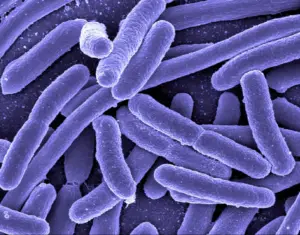
Impact of water storage on microorganism communities exposed to ultraviolet illumination irradiation
As water exposed by UV irradiation is usually distributed to the buyer over several days and at low temperatures, changes that might occur within the bacterial community following irradiation and distribution were assessed. to duplicate these conditions, water samples were held on for six days at 7 °C following UV exposure. The alpha diversity lives evenness recovered once storage to similar levels as before UV irradiation when the UV-irradiated and -stored samples were sorted along and compared with the non-irradiated samples, 0.49 ± 0.026 (mean ± SD) and 0.48 ± 0.034, respectively.
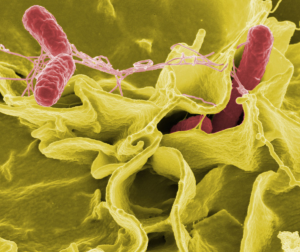
Conclusion
As microorganisms in the drink are various and certain have different susceptibleness to ultraviolet illumination1, this study examined microorganism communities in water irradiated with different UV doses, mistreatment 16S rRNA.




